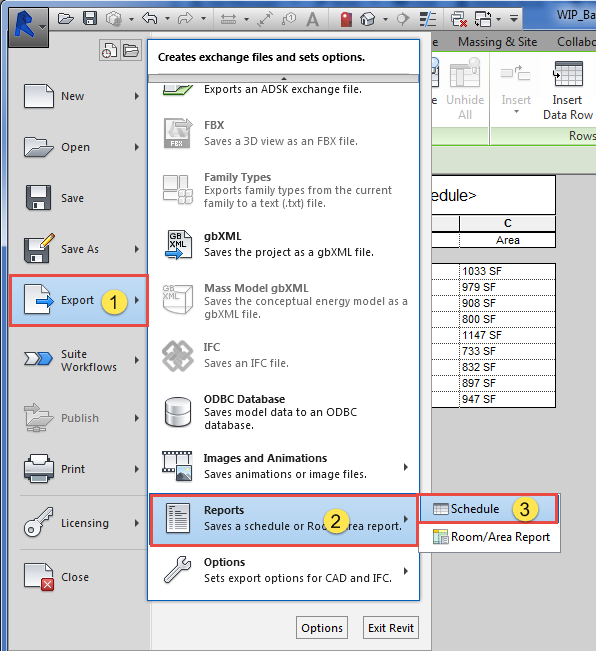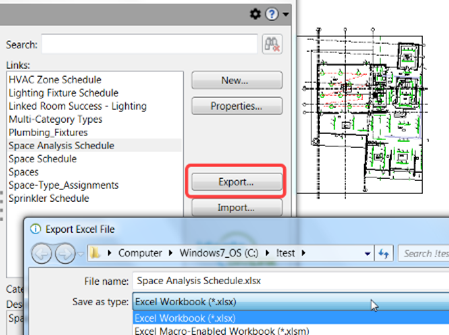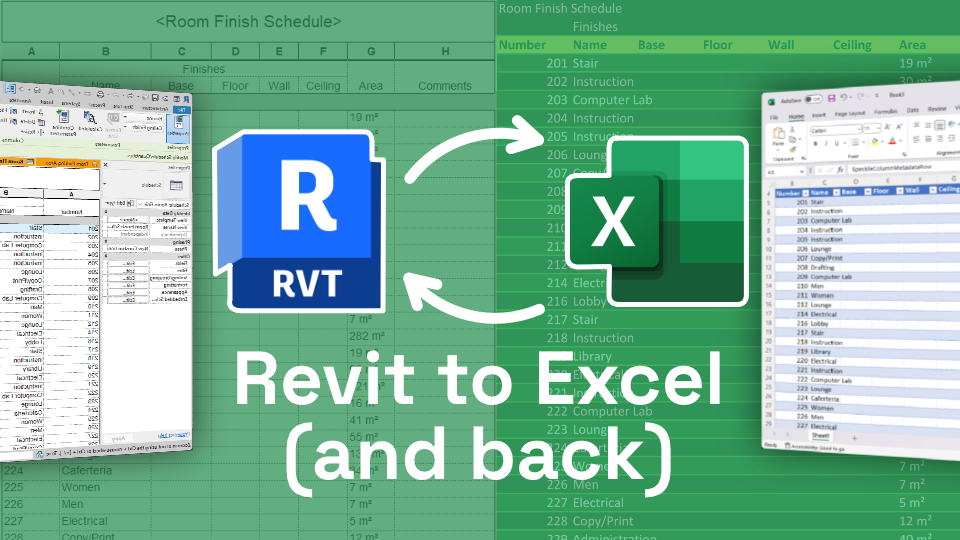Breaking Barriers: Excel Importation Techniques for Advanced Revit Users
Are you an advanced Revit individual looking to take your skills to the following level? In this short article, we will reveal you just how to damage barriers by leveraging Excel for importation in Revit. Check out numerous information importation techniques and master Excel integration to enhance your Revit modeling capabilities. With our techniques and pointers, you can get rid of importation difficulties and end up being a real specialist in using Excel for your Revit tasks. Get all set to master your Revit journey!
Advanced Revit Users: Leveraging Excel for Importation
You can easily take advantage of Excel for importation as a sophisticated Revit customer. Excel is an effective device that can considerably boost your operations and performance in Revit. With its capability to deal with big amounts of information and carry out intricate estimations, Excel can be an useful asset in handling and arranging your project information.
One way to utilize Excel for importation is by using the "Link Excel" function in Revit. This function allows you to link an Excel spread sheet straight into your Revit job, allowing you to update and integrate data in between the 2 programs. This can be especially beneficial when handling routines or tracking modifications in your job.
An additional way to utilize Excel is by making use of the "Import/Export" feature in Revit. This attribute allows you to import and export data between Revit and Excel, providing you the versatility to deal with data in both programs. You can import information from Excel into Revit to develop elements such as spaces, doors, or wall surfaces, and you can additionally export data from Revit to Excel for additional analysis or coverage.

Exploring Data Importation Methods in Revit Utilizing Excel
Exploring how to import information from Excel into Revit offers effective techniques for integrating details. When you import data from Excel, you can seamlessly transfer data such as space routines, product listings, and equipment data into your Revit task. This process permits you to conserve effort and time by preventing manual information entrance.
To import data from Excel right into Revit, you can utilize the "Import/Export" function. This attribute allows you to map the Excel data fields to the equivalent Revit parameters, making certain that the information is appropriately assigned within the version. By selecting the ideal import options, you can manage how the data is imported and how it interacts with your project.
An additional technique for importing data from Excel right into Revit is by using Eager beaver. Eager beaver is a visual shows device that incorporates with Revit and enables you to automate tasks and process. With Dynamo, you can produce customized scripts that import information from Excel and manipulate it within your Revit job. This approach provides even much more flexibility and customization options.
Mastering Excel Assimilation for Advanced Revit Modeling
One key strategy is importing information from Excel spreadsheets straight into your Revit model. With a couple of simple actions, you can map the Excel columns to the matching Revit specifications and import the data properly.
Another helpful method is exporting data from Revit to Excel. This allows you to remove information from your design, such as routines or product quantities, and evaluate it in Excel utilizing solutions, charts, or other effective devices. By leveraging the abilities of Excel, you can carry out complex calculations, develop custom-made reports, and gain important understandings right into your task.
In enhancement to information transfer, Excel assimilation can automate recurring tasks in Revit. By creating macros or scripts in Excel, you can automate procedures like developing views, producing sheets, or using standard family members - revit tools. This not only saves time yet likewise ensures uniformity throughout your More Info task
To understand Excel assimilation in Revit, it is crucial to comprehend the information framework and just how Revit engages with Excel. By familiarizing yourself with the offered devices and methods, you can open the complete possibility of Excel integration and take your Revit modeling to the next level.
Overcoming Importation Obstacles: Excel Techniques for Revit Specialists
When getting over importation challenges, it is very important to be aware of effective Excel strategies that can benefit specialists in Revit. As an innovative Revit customer, you understand the importance of effortlessly importing data from Excel right into your jobs. However, you might come across various obstacles along the road. By using efficient Excel methods, you can conquer these challenges and improve your productivity.

An additional helpful method is making use of the "Transpose" function in Excel. This enables you to transform data from rows to columns or the other way around. When importing information into Revit, this can be especially helpful when you have data in an upright layout in Excel, but you need it to be in a straight layout in Revit.
Moreover, making use of Excel formulas such as VLOOKUP and INDEX-MATCH can substantially help in mapping data from Excel to Revit. These formulas allow you to look for certain values in Excel and retrieve equivalent data from another column. This can conserve you time and initiative when importing large datasets into Revit.
Excel Information Importation Tips and Techniques for Advanced Revit Users
By acquainting yourself with reliable Excel ideas and tricks, you can enhance your data importation procedure as an advanced customer of Revit. Excel is a powerful device that can greatly assist in the importation of data into Revit, conserving you time and enhancing your performance. One helpful idea is to use the "Text to Columns" function in Excel to divide data into various columns based on a delimiter. This can be particularly useful when you have data in a solitary column that requires to be split into numerous columns in Revit. Furthermore, making use of Excel's "Paste Unique" feature enables you to paste information from Excel right into Revit while maintaining formatting, such as cell shade or font design. When importing information that calls for specific formatting in Revit, this can be particularly beneficial. An additional helpful trick is to use Excel's "Discover and Replace" feature to promptly make changes to your data before importing it into Revit. As an example, you can conveniently replace certain text or characters with others, saving you the time and initiative of by hand editing the information in Revit. By making use of these Excel methods and pointers, you can simplify your information importation procedure and end up being even much more efficient being used Revit.
Final Thought
You have actually now learned beneficial methods for importing information from Excel into Revit as an advanced customer. Go in advance, damage those obstacles and stand out in your Revit jobs!

When importing data right into Revit, this can be especially valuable when you have information in an upright style in Excel, but you require it to be in a straight style in Revit.
In addition, using Excel formulas such as VLOOKUP and INDEX-MATCH can substantially aid in mapping information from Excel to Revit. In addition, utilizing Excel's "Paste Unique" attribute enables you to paste information from Excel into Revit while preserving formatting, such as cell color or font design.